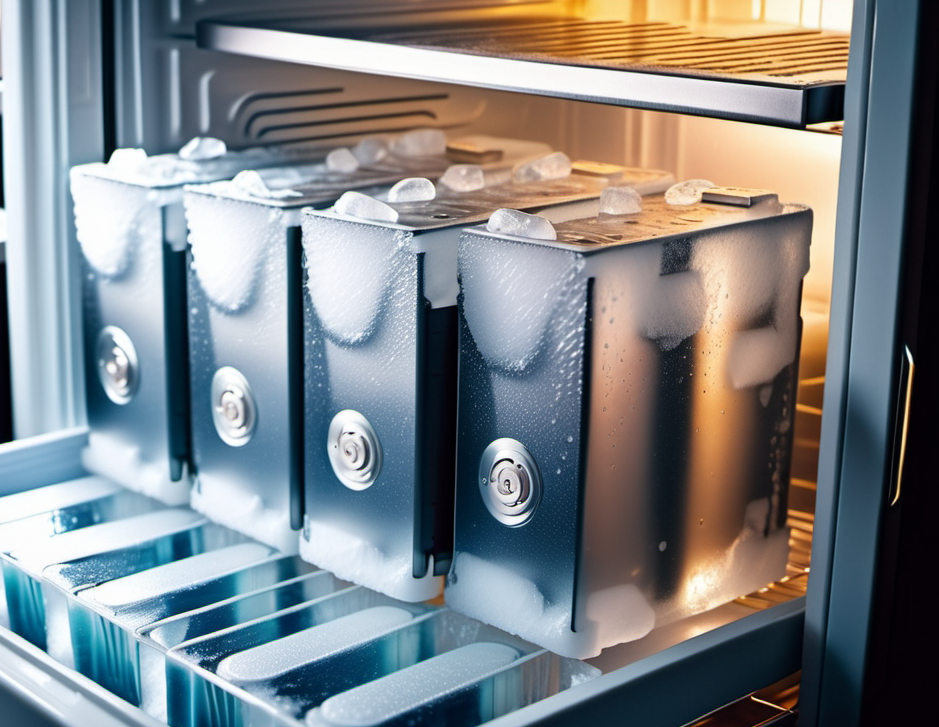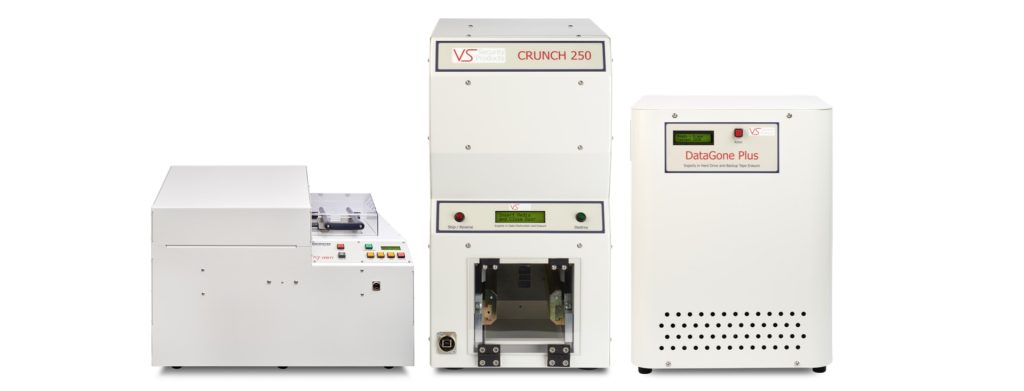11 Ways Not to Destroy a Hard Drive (and 3 Effective Methods)
10 Ways Not to Destroy a Hard Drive (and 3 Effective Methods)

Hard drives hold our digital lives — from cherished photos to confidential work documents. But unlike a phoenix rising from the ashes, a destroyed hard drive offers no chance of data recovery. While some methods seem logical, they might leave your data vulnerable. Below we outline 10 myths about hard drive destruction and explore 3 proven methods for complete data erasure.
10 Myths Busted: How NOT to Destroy a Hard Drive
- The Hammer: While a good smash session might be stress-relieving, it’s unlikely to completely destroy the platters within a hard drive, potentially leaving data recoverable.
- Burning in Flames: Fire may damage the casing, but the high temperatures required to completely destroy data also release toxic fumes. This is a safety risk.
- Underwater: A watery demise might seem like a surefire way to destroy a drive, but once dried out, data recovery specialists might be able to salvage information.
- The Microwave: Microwaves are for popcorn, not electronics! Exposing a hard drive to microwaves can damage your appliance and potentially create a fire hazard.
- The Formatting Fallacy: Formatting simply erases the file system, making data appear inaccessible. However, data recovery software can often bypass this.
- The Freezer: While extreme cold can damage a hard drive, it’s not a guaranteed method of data destruction. Once thawed, data recovery might still be possible.
- The High-Pressure Hose: The forceful water from a pressure washer might mangle the casing, but the platters inside could remain relatively intact, with data salvageable.
- Bending Till Deformed: Trying to bend or twist a hard drive might damage the casing, but it’s unlikely to destroy the data itself.
- The Software Scrub: Free software promising data erasure might not be as secure as advertised. In fact, it doesn’t remove the data, merely overwriting it.
- Neglecting: Leaving a hard drive unused won’t destroy data, but it can lead to data degradation over time. Back up your data regularly for safekeeping.
3 Proven Methods for Hard Drive Destruction
Now that we’ve debunked the myths, here are three effective ways to destroy a hard drive:
- With Shredding: Industrial hard drive shredders are designed to pulverize the platters within the drive, offering complete physical destruction. Explore this flash media shredder.
- With Degaussing (For HDDs Only): Specialized degaussing machines create a powerful magnetic field that scrambles the data on the hard disk drive (HDD). This is a secure method, but requires specific equipment. Explore these automatic degaussers.
- Through Crushing (For Large-Scale Operations): Industrial crushers can obliterate large quantities of hard drives. This method is ideal for data centers and IT professionals dealing with a high volume of drives. Explore this hard drive crusher.
Remember: Before employing any destruction method, back up any important data from the hard drive.
By understanding the proper methods for hard drive destruction, you can ensure your sensitive information remains secure, even in the face of electronic oblivion.
To learn more about the most suitable data destruction solutions for your business or personal needs, contact us today: [email protected]
Photo credit: Iconica Media

